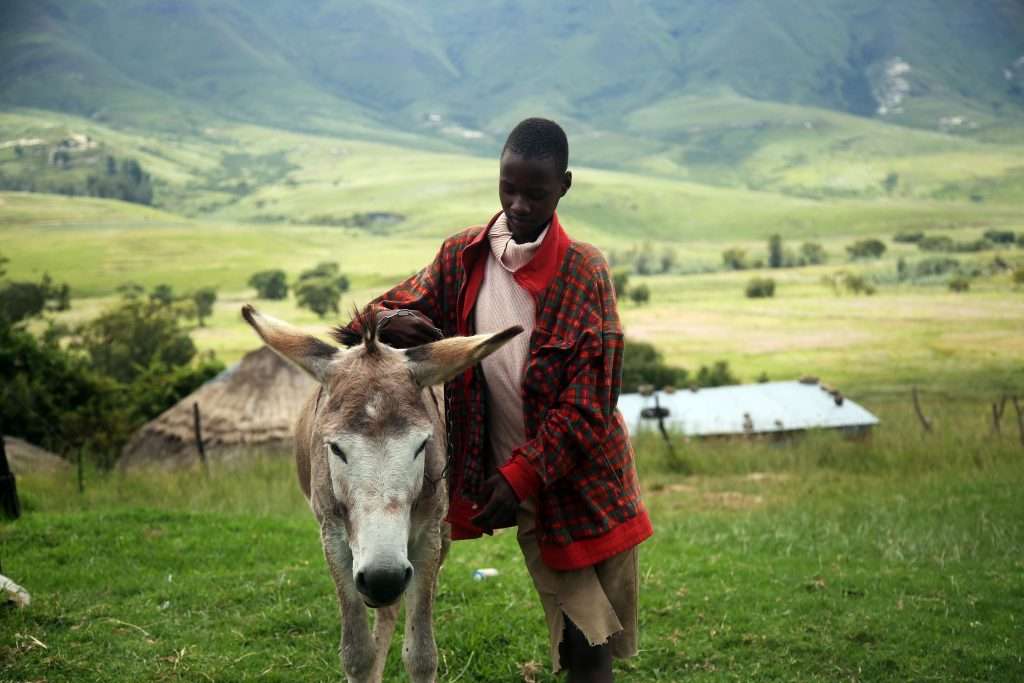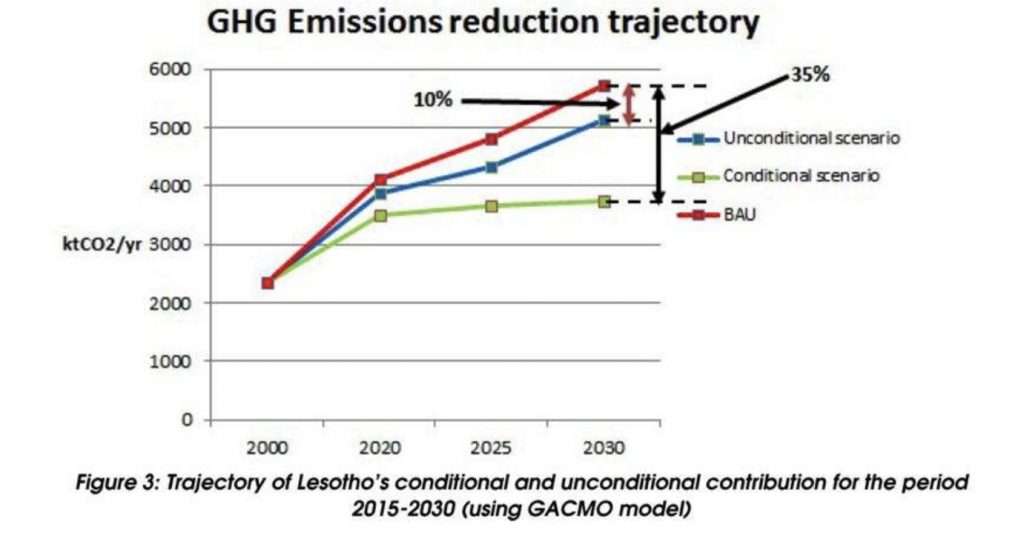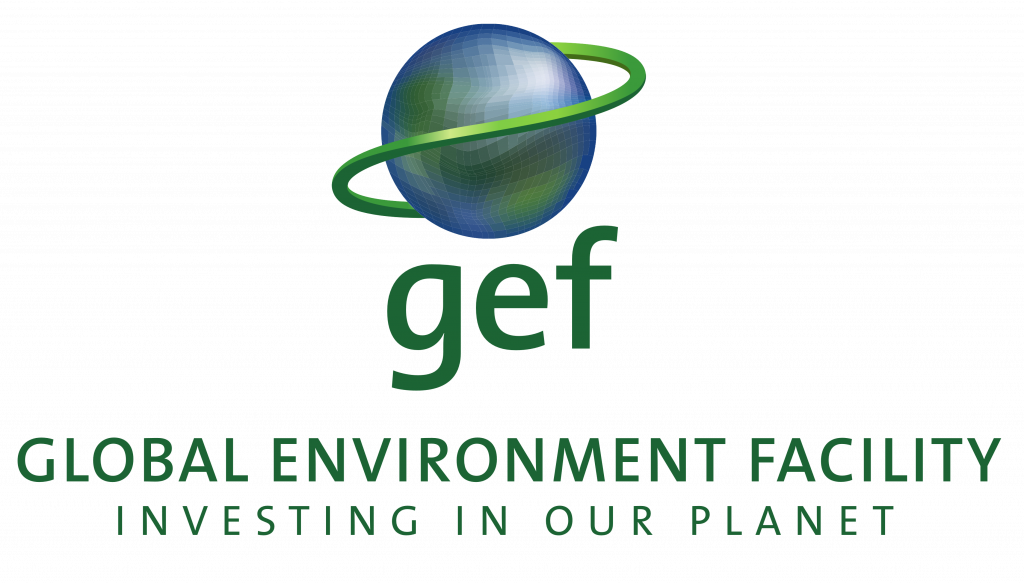Lesotho's Climate Action
Mitigation
Climate change mitigation involves efforts to reduce the rate of climate change by limiting or preventing greenhouse gas emissions and enhancing activities that remove these gases from the atmosphere. Lesotho has taken steps to address climate change through various national initiatives:
- In 2000, Lesotho developed its first National Communication, which included sector-specific mitigative policies and measures. It analyzed the Energy and Forestry sectors, identifying mitigation measures in sub-sectors like Residential/Commercial, Transport, Industrial, Forestry, and Land Use.
- In 2013, the country released its second National Communication, focusing on Energy and Non-Energy sectors. Mitigation measures were identified in Residential/Commercial, Transport, Industrial, as well as Non-Energy sectors, including Forestry, Agriculture, and Waste. A National Mitigation Strategy and Action plan were created for short and medium terms.
The Kingdom of Lesotho’s approach to climate change mitigation is enshrined in the National Climate Change Policy (NCCP) 2017-2027 which envisions “to build climate change resilience and low-carbon societies including a prosperous economic environment in the country”. The Policy underscores the implementation of concrete climate change adaptation and mitigation measures, advancing low-carbon development pathways and building more sustainable development outcomes that consider on-going and future climate-related impacts. Lesotho’s mitigation potential is clearly outlined in the Nationally Determined Contribution (NDC, 2017), which include targets, strategies, and measures related to reducing emissions and addressing climate change.
Within her NDC, Lesotho has set an ambitious, fair and responsible commitment to support global efforts towards meeting the objective of the United Nations Framework Convention on Climate Change (UNFCCC) objective. This commitment is focused on the overarching goal of constraining the increase in global average temperatures to well below 2.0°C, consistent with the emission targets and to pursue efforts to limit the temperature increase even further to 1.5 degrees Celsius in the Paris Agreement.


The NDC specifically outlines:
Mitigation Targets
- Unconditional target: 10% reduction in GHG emissions compared to business as usual (BAU) by 2030.
- Conditional target: An additional 25% reduction under certain conditions which would bring the total GHG reduction to sum 35% of (a) and (b) below BAU emission levels by 20308‘
- Financial Needs: Meeting the conditional target requires an overall investment estimated at 0.59 billion USD between 2015 and 2030 of which 0.32 billion USD is conditional upon the following:
- accessing new sources of finance and increased support compared to what was received in previous years to be mobilized through new financial mechanisms such as the Green Climate Fund
- Legally binding Paris Agreement
- The total annual savings in the conditional scenario is 0.14 billion USD
- Expected Trajectory: In achieving her unconditional and conditional targets, Lesotho expects her emission trajectory to be the following:
Expected Trajectory
In achieving her unconditional and conditional targets, Lesotho expects her emission trajectory to be the following:

Mitigation Options
The figure below outlines the most cost-effective mitigation measure as outlined in the Biennial update report (BUR)





